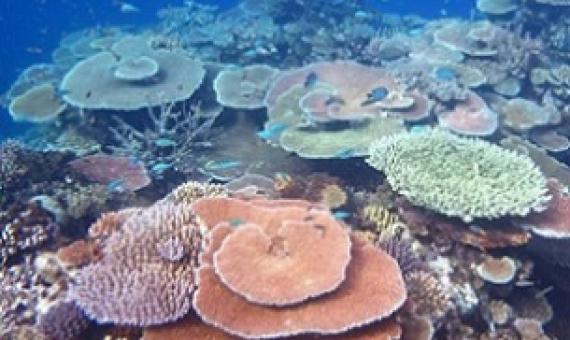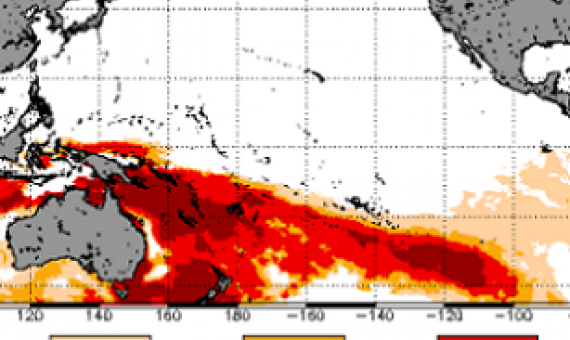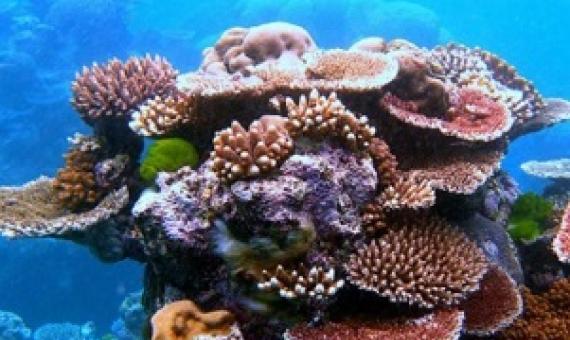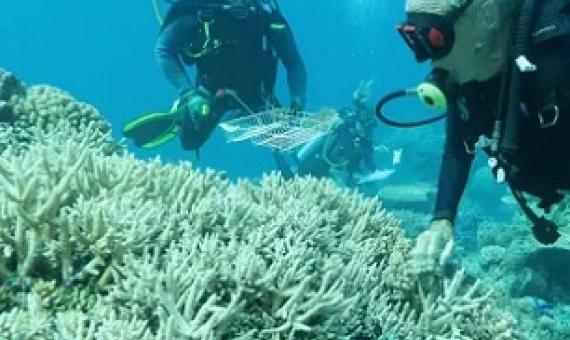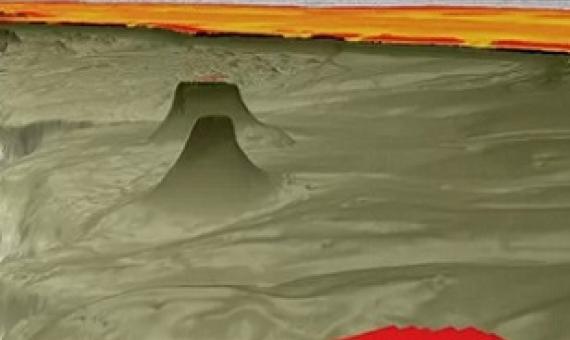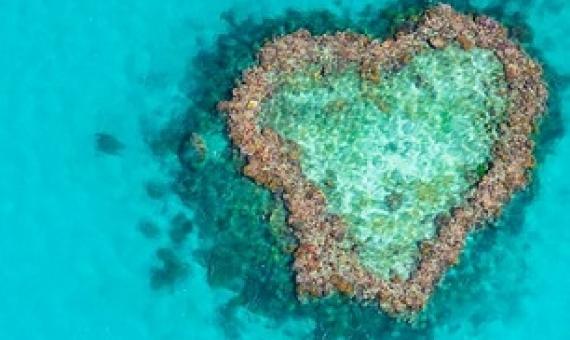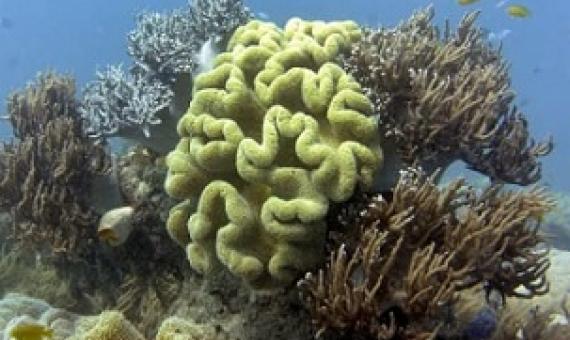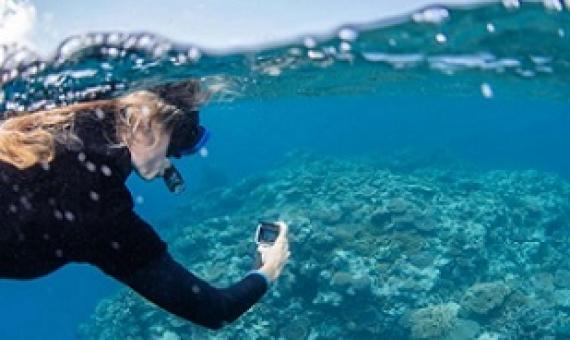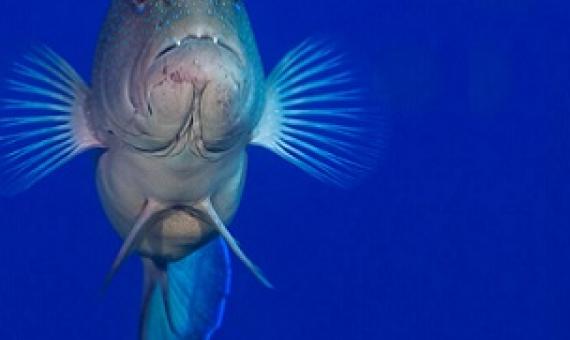The Great Barrier Reef is now in “critical” condition and the health of four other Australian World Heritage properties has worsened, according to a sobering report just released by the International Union for Conservation of Nature (IUCN). The IUCN is the global authority on nature.
Australia's Great Barrier Reef runs the risk of another summer of elevated coral bleaching if cyclones and other rain events don't arrive to "suck out the heat", agencies say.
An innovative, multi-stakeholder reef restoration project that uses loose coral fragments to build new stable areas of live coral reef habitat kicks off this week at Green Island on the Great Barrier Reef.
A Noah’s ark-like plan to house hundreds of the world’s most at-risk coral species at a publicly accessible bank next to the Great Barrier Reef could prove an important part of long-term coral conservation, marine biologists say.
A huge, detached coral reef measuring over 1,600 feet in height has been discovered on Australia's Great Barrier Reef—the first to be found in over 120 years. The reef was found on October 20 during an underwater mapping expedition of the northern section of the Great Barrier Reef seafloor.
A new market mechanism designed to reduce the impacts of pollution on the Great Barrier Reef has been kick-started with banking giant HSBC and the Queensland government announced as the first buyers of so-called “‘reef credits”.
Australia's Great Barrier Reef has lost 50% of its coral populations in the last three decades, with climate change a key driver of reef disturbance, a new study has found.
A flotilla of tourist boats, fishing vessels and superyachts is conducting a world-first census of the Great Barrier Reef. Conservation group Citizens of the Great Barrier Reef has recruited more than 30 vessels to help survey up to 150 ecologically significant reefs, from the tip of Queensl
A connectivity portfolio effect stabilizes marine reserve performance
Well-managed and enforced no-take marine reserves generate important larval subsidies to neighboring habitats and thereby contribute to the long-term sustainability of fisheries. However, larval dispersal patterns are variable, which leads to temporal fluctuations in the contribution of a single reserve to the replenishment of local populations. Identifying management strategies that mitigate the uncertainty in larval supply will help ensure the stability of recruitment dynamics and minimize the volatility in fishery catches.
Scientists say a ‘portfolio’ of protected areas within marine parks such as the Great Barrier Reef can help secure sustainable fish populations.

